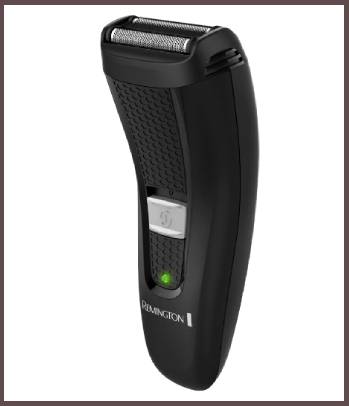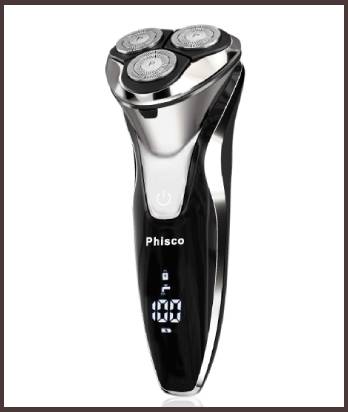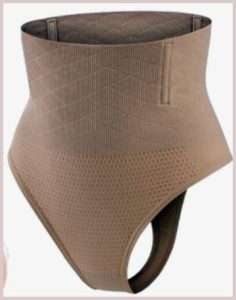In the world of grooming, specifically for those who prefer a clean, smooth shave, there’s a longstanding debate: “Which is better, the foil or rotary electric shaver?” For the uninitiated, the terms “foil” and “rotary” might sound more like space engineering terminology than grooming essentials. Yet, these two shaver types represent the cutting edge (pun intended) of electric shaving technology.
So, let’s dive into this hair-raising topic and uncover the truths of the Electric Shaver Foil and Rotary debate.
A Brief Comparison Table
| Foil Shaver | Rotary Shaver | |
| Invention | Early 20th century | 1960s |
| Design | Thin metal foil over oscillating blades | Circular heads with spinning blades |
| Best for | Close, precise shaves; daily shaving; fine, straight hair | Handling long or thick hair; less frequent shaving; contouring face and neck |
| Noise Level | Generally louder | Usually quieter |
| Comfort | Can be less comfortable for sensitive skin | More comfortable, better adaptability to facial contours |
| Maintenance | Typically easier to clean | Can be more complex to clean |
| Precision | High | Lower, but still adequate |

A Clean-Cut Introduction to Foil and Rotary Shavers
Foil shavers date back to the early 20th century, with the first design patented by Jacob Schick. Foil shavers have a thin layer of metal foil that covers a set of oscillating blades. As you move the shaver across your face, the foil lifts the hair, and the blades cut it, which is why they are known for providing a close shave.
On the other side, the Rotary shaver, also a brainchild of the Schick brand, came into existence in the 1960s. The rotary design includes three or four rotating blades under circular heads. The blades spin, cutting off hair that enters the combs, and is generally more adaptive to the contours of your face and neck.
Foil Shavers: The Pros and Cons
Pros
The key advantage of foil shavers is their precision. They offer an incredibly close shave, especially on the cheeks, and are excellent for detailed work around sideburns or mustaches. Foil shavers also excel in handling fine, straight hair, as well as daily shaving.

Cons
On the downside, foil shavers might be less comfortable for sensitive skin, as they cut very close. They can also be noisy, and their rectangular head design may not adapt as well to the contours of your face and neck.
Rotary Shavers: The Pros and Cons
Pros
Rotary shavers truly shine when it comes to handling long or thick hair. They’re ideal for those who don’t shave daily, as the spinning blades handle longer hairs effortlessly. Rotary shavers are also usually quieter and can better adapt to the contours of your face and neck, making them a solid choice for a comfortable shave.
Cons
The tradeoff for this comfort is a less precise shave. Rotary shavers might miss some fine hairs and lack the detailed precision of foil shavers. Also, cleaning a rotary shaver can be a more complicated task due to their design.
Also Read: Comparison of Safelite And Dealer Windshield Replacement.
Foil vs Rotary Shavers: The Face-Off
When choosing between a foil or rotary electric shaver, the answer depends heavily on your individual needs. Do you shave daily? Is your hair coarse or fine? Do you value precision or comfort? In essence, the better one is the one that best fits your grooming needs and lifestyle.
FAQs: Foil vs Rotary Shavers
Both shavers have their strengths and weaknesses. If you prefer a close, precise shave and shave daily, a foil shaver is likely the better choice. If you have thicker, longer hair, don’t shave daily, and value comfort over precision, a rotary shaver might be your best bet.
A foil shaver provides a closer, more precise shave, making it potentially better for those who prioritize a very smooth finish or shave daily.
Rotary shavers can adapt better to the contours of the neck, due to their flexible, rotating heads. So, if your neck area is a major concern, a rotary shaver may have the edge.
A foil shaver is a type of electric shaver, the other being a rotary shaver. Foil shavers use oscillating blades beneath a thin metal foil to lift and cut hairs, while rotary shavers use spinning blades under circular heads.
Over time, yes, the blades of foil shavers can become dull. However, how quickly this happens depends on how frequently you use the shaver and how well you maintain it. Fortunately, most brands offer replaceable foils and blades to keep your shave smooth and close.
Any shaver can potentially cause razor bumps if used incorrectly, but foil shavers might be less likely to cause them compared to rotary shavers, due to their smooth and close shave. However, those with sensitive skin should still take care, perhaps using a pre-shave lotion to prepare the skin and reduce irritation.
Read More: About Differences Between Supply And Leaf Razor
A Close Shave: The Final Word
Ultimately, the Electric Shaver Foil and Rotary debate boils down to personal preference and specific needs. You might want the closeness and precision of the foil shaver for those corporate meetings or the adaptability and comfort of the rotary for that rugged weekend getaway look. As with all technology, both are continually improving, providing an increasingly seamless and enjoyable shaving experience.
The key is to understand your skin type, the thickness and coarseness of your hair, your shaving frequency, and your comfort priorities. Armed with that information, you can make the best decision for your grooming regimen. After all, whether you choose foil or rotary, the goal is the same – to step out into your day feeling confident and looking sharp. Happy shaving!



